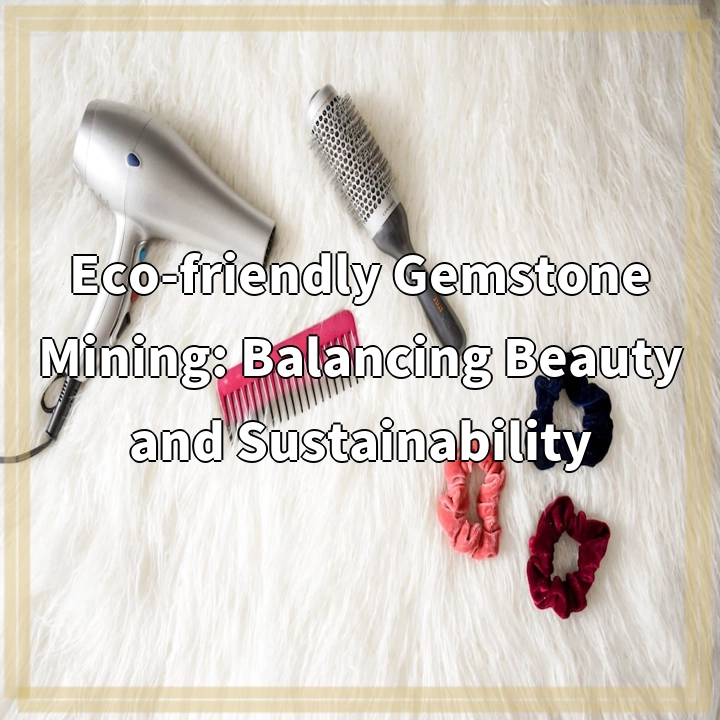
What it is:
Gourmet chocolate making is an art that encompasses the meticulous craftsmanship and sensory pleasure of creating high-quality chocolate products. It involves a careful selection of cacao beans, precise roasting and grinding processes, and the incorporation of various flavors and textures. However, in recent years, there has been an increased focus on making this indulgence more sustainable and ethical.
Real-World Problems:
Gourmet chocolate making faces several real-world problems that pose challenges to its sustainability and ethicality. These issues include:
1. Deforestation:
The production of cacao beans, the main ingredient in chocolate, is often linked to deforestation. The high demand for cacao leads to the clearance of vast forest areas, leading to biodiversity loss, habitat destruction, and increased greenhouse gas emissions.
2. Child Labor and Exploitation:
In many regions where cacao is grown, child labor is prevalent. Children, often from disadvantaged backgrounds, are forced to work long hours under hazardous conditions, denying them their right to education and a safe childhood.
3. Unsustainable Agricultural Practices:
The use of pesticides, herbicides, and synthetic fertilizers in cacao farming can have harmful effects on the environment and human health. These chemical inputs not only contaminate surrounding ecosystems but also pose risks to the farmers themselves.
4. Carbon Footprint:
The transportation of cacao beans, as well as the energy-intensive processes involved in chocolate manufacturing, contribute to the carbon footprint of gourmet chocolate making. This industry’s reliance on fossil fuels exacerbates climate change and its environmental impact.
5. Lack of Transparency:
Consumers often lack information about the sourcing, production, and supply chain of gourmet chocolates. This lack of transparency makes it difficult for consumers to make informed choices and support ethical and sustainable practices.
Addressing these real-world problems is crucial for transforming gourmet chocolate making into a more sustainable and ethically sound industry. In the following sections, we will explore the various sustainable techniques, initiatives, and case studies that aim to tackle these issues and pave the way towards a more environmentally and socially responsible indulgence.

Solutions to Real-World Problems in Gourmet Chocolate Making:
Addressing the sustainability and ethicality challenges in gourmet chocolate making requires a multi-faceted approach. Here are some solutions and initiatives aimed at transforming the industry:
1. Sustainable Sourcing and Certification:
Companies and organizations are increasingly prioritizing sustainable sourcing of cacao beans. Certifications like Fairtrade, Rainforest Alliance, and USDA Organic ensure that environmental and social standards are met throughout the supply chain. By supporting these certified products, consumers can contribute to positive change.
2. Agroforestry and Forest Conservation:
Promoting agroforestry practices, such as growing cacao in harmony with other shade-loving crops and trees, can help mitigate deforestation. By preserving existing forests, biodiversity can be conserved, carbon sequestration can be enhanced, and the ecological balance can be maintained.
3. Empowering Farmers and Eliminating Child Labor:
Supporting initiatives that provide fair wages, adequate training, and improved working conditions to cacao farmers is key to eliminating child labor and exploitation. Direct trade relationships and community development programs can create positive impact and improve the livelihoods of farmers.
4. Organic and Sustainable Farming Practices:
Promoting organic farming techniques, such as natural pest management and composting, reduces the reliance on harmful chemicals. Sustainable agricultural practices minimize environmental harm, protect farm workers, and ensure the long-term health of the ecosystems involved in chocolate production.
5. Carbon Neutrality and Renewable Energy:
Gourmet chocolate makers are increasingly adopting carbon-neutral strategies by reducing energy consumption, investing in renewable energy sources, and implementing efficient production processes. This helps mitigate the industry’s carbon footprint and drive towards sustainability.
6. Transparent Supply Chains and Consumer Education:
Enhancing transparency in the production and supply chains of gourmet chocolates enables consumers to make informed choices. Companies can provide detailed information about their sourcing methods, production practices, and ethical certifications. Educating consumers about the environmental and social impact of their chocolate purchases can encourage responsible consumption.
By implementing these solutions and supporting initiatives that promote sustainability and ethics, the gourmet chocolate industry can evolve into a force for positive change while still providing the pleasure of indulgence.















